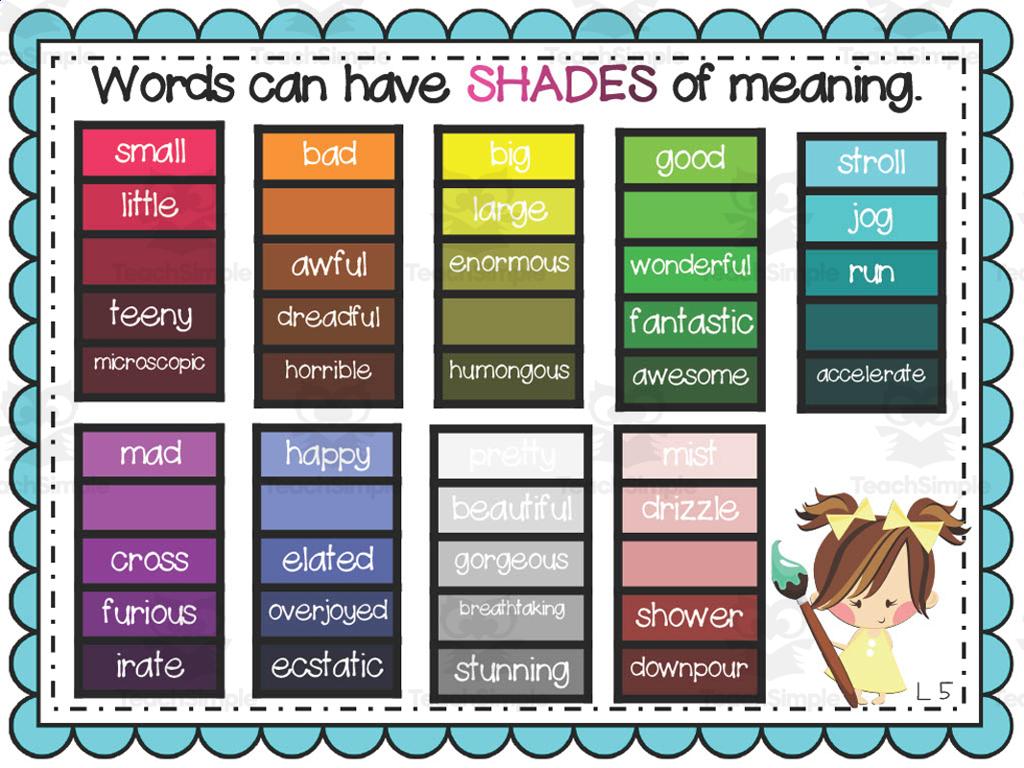Slavery In The South
Subject: Social studies
Grade: Eighth grade
Topic: The Antebellum Period
Please LOG IN to download the presentation. Access is available to registered users only.
View More Content
Introduction to the Antebellum Period
– Explore the Antebellum Period
– A historical phase in the US from 1820-1860 leading up to the Civil War
– Define ‘Antebellum’
– ‘Antebellum’ means ‘before the war’, referring to the period before the American Civil War
– Life in the South during Antebellum
– The South had an agrarian economy with a social hierarchy and large plantations
– Economic reliance on slavery
– Slavery was integral to the South’s economy, with slaves working on cotton plantations and other agricultural tasks
|
This slide introduces students to the Antebellum Period, a significant era in American history that set the stage for the Civil War. It’s crucial to define ‘Antebellum’ and ensure students understand the timeframe and context of this period. Discuss the characteristics of the South during this time, including the agrarian economy, the social hierarchy, and the vast plantations that were maintained by slave labor. Emphasize the economic dependence on slavery and how it shaped the social and political landscape. This will help students grasp the complexities of the period and the underlying causes of the Civil War.
The Economy of the South: Agriculture’s Impact
– Agriculture: The South’s backbone
– Vast farms relied on slave labor for crops like tobacco, rice, and indigo.
– Cotton’s role and the Cotton Gin
– Eli Whitney’s Cotton Gin revolutionized cotton processing and increased demand for slave labor.
– Plantations drive the economy
– Large estates focused on a single lucrative crop, often cotton, to maximize profits.
– Cash crops define wealth
– Wealth was measured by crop yield; more crops meant more wealth and power.
|
This slide aims to explain the centrality of agriculture to the Southern economy during the Antebellum period. Emphasize how the reliance on agricultural production, particularly of cash crops, necessitated a large labor force, which was met through the institution of slavery. Highlight the significance of the Cotton Gin, invented by Eli Whitney in 1793, which made cotton processing more efficient and profitable, further entrenching slavery as a key component of the Southern economy. Discuss how plantations became the economic and social centers of the South, with the wealth of individuals and the region as a whole tied to the production of cash crops. Encourage students to consider the ethical implications of an economy built on forced labor and the long-term effects this had on the region and its people.
Slavery in the South: A Harsh Reality
– Life on the plantation
– Daily life was grueling with long hours of forced labor.
– Legal status of slaves
– Enslaved individuals were considered property, not citizens.
– Demographics of slavery
– Majority were African Americans; families often separated.
– Impact on enslaved population
– Harsh conditions affected their health and well-being.
|
This slide aims to shed light on the grim conditions of slavery during the Antebellum period in the Southern United States. Focus on the daily life of enslaved people, which was characterized by hard labor, poor living conditions, and a lack of freedom. Discuss the legal status of slaves, emphasizing that they were not recognized as persons under the law but as property. Explore the population and demographics, noting the predominance of African Americans and the common occurrence of families being torn apart. Highlight the impact of these factors on the physical and psychological state of the enslaved population. Encourage students to reflect on the human aspect of slavery and its implications for American history.
Daily Life of Enslaved People
– Enslaved work responsibilities
– Tasks varied from field work to skilled trades
– Family life in enslavement
– Strong kinship bonds formed despite hardships
– Resistance and resilience
– Covert acts to overt revolts displayed resistance
– Rebellion and escape methods
– Escape routes like the Underground Railroad
|
This slide aims to shed light on the harsh realities of daily life for enslaved people in the South during the Antebellum period. Work for the enslaved was grueling and varied, including both field labor and skilled tasks. Despite the oppressive environment, enslaved people formed strong family units and communities, which were central to their survival and identity. Resistance took many forms, from subtle acts of defiance to organized rebellions. Escaping slavery was a dangerous but courageous act, with many utilizing networks like the Underground Railroad. Discuss the importance of understanding these aspects to fully grasp the impact of slavery on individuals and society.
Impact of Slavery on Southern Society
– Social hierarchy in the South
– Whites at top, enslaved people at bottom
– Economic reliance on slavery
– Plantation economy deeply tied to slave labor
– Moral debates over slavery
– Abolitionists vs. proponents of slavery
– Political disputes on slavery
– State rights vs. federal authority in regulating slavery
|
This slide examines the profound effects of slavery on various aspects of Southern society during the Antebellum period. The social hierarchy was rigid, with white landowners at the top and enslaved African Americans at the bottom. Economically, the South was heavily dependent on slavery, with plantations relying on the forced labor of enslaved people for the production of cash crops like cotton and tobacco. Morally, the period was marked by intense debates between abolitionists, who argued against the inhumanity of slavery, and those who defended it. Politically, slavery was a contentious issue, with debates focusing on states’ rights to maintain slavery versus the federal government’s authority to regulate or abolish it. Encourage students to consider how these factors intertwined to shape the historical context of the Antebellum South.
The Abolition Movement
– Key figures against slavery
– Leaders like Harriet Tubman, Frederick Douglass
– Impact of abolitionist literature
– ‘Uncle Tom’s Cabin’ swayed public opinion
– Abolitionist speeches
– Sojourner Truth s ‘Ain t I a Woman?’ speech
– North-South divide intensifies
– Economic & moral views led to tension
|
This slide aims to introduce students to the Abolition Movement during the Antebellum period, highlighting the key individuals who fought against slavery, such as Harriet Tubman and Frederick Douglass. Discuss the significant impact of abolitionist literature, particularly Harriet Beecher Stowe’s ‘Uncle Tom’s Cabin’, which played a crucial role in changing public opinion about slavery. Examine the powerful speeches by abolitionists, including Sojourner Truth’s ‘Ain t I a Woman?’, and how these speeches contributed to the cause. Lastly, address how the differing economic interests and moral viewpoints on slavery between the North and South led to an intensifying divide, setting the stage for the Civil War. Encourage students to reflect on the courage of these figures and the power of words in shaping history.
Role-Play Debate: Abolitionists vs. Plantation Owners
– Divide into abolitionists and owners
– Prepare pro & con slavery arguments
– Use historical facts and today’s lesson insights
– Engage in a structured class debate
– Follow debate rules: take turns, respect, listen
– Reflect on the perspectives shared
– Consider the moral and economic viewpoints
|
This class activity is designed to help students understand the complex arguments surrounding slavery during the Antebellum period. By role-playing as abolitionists and plantation owners, students will delve into the historical, economic, and moral reasons that fueled both sides of the slavery debate. Teachers should ensure that students prepare their arguments based on accurate historical information provided in the lesson. During the debate, remind students to respect each other’s views and to listen carefully. After the debate, lead a reflection session where students can discuss what they learned and how the activity changed or reinforced their understanding of the period.





